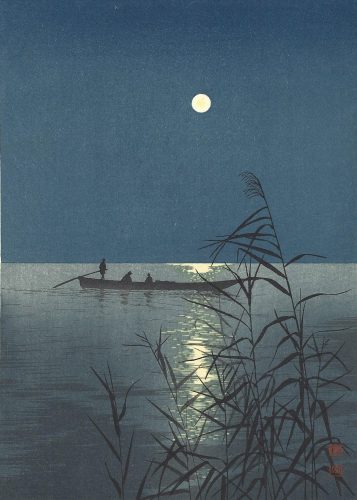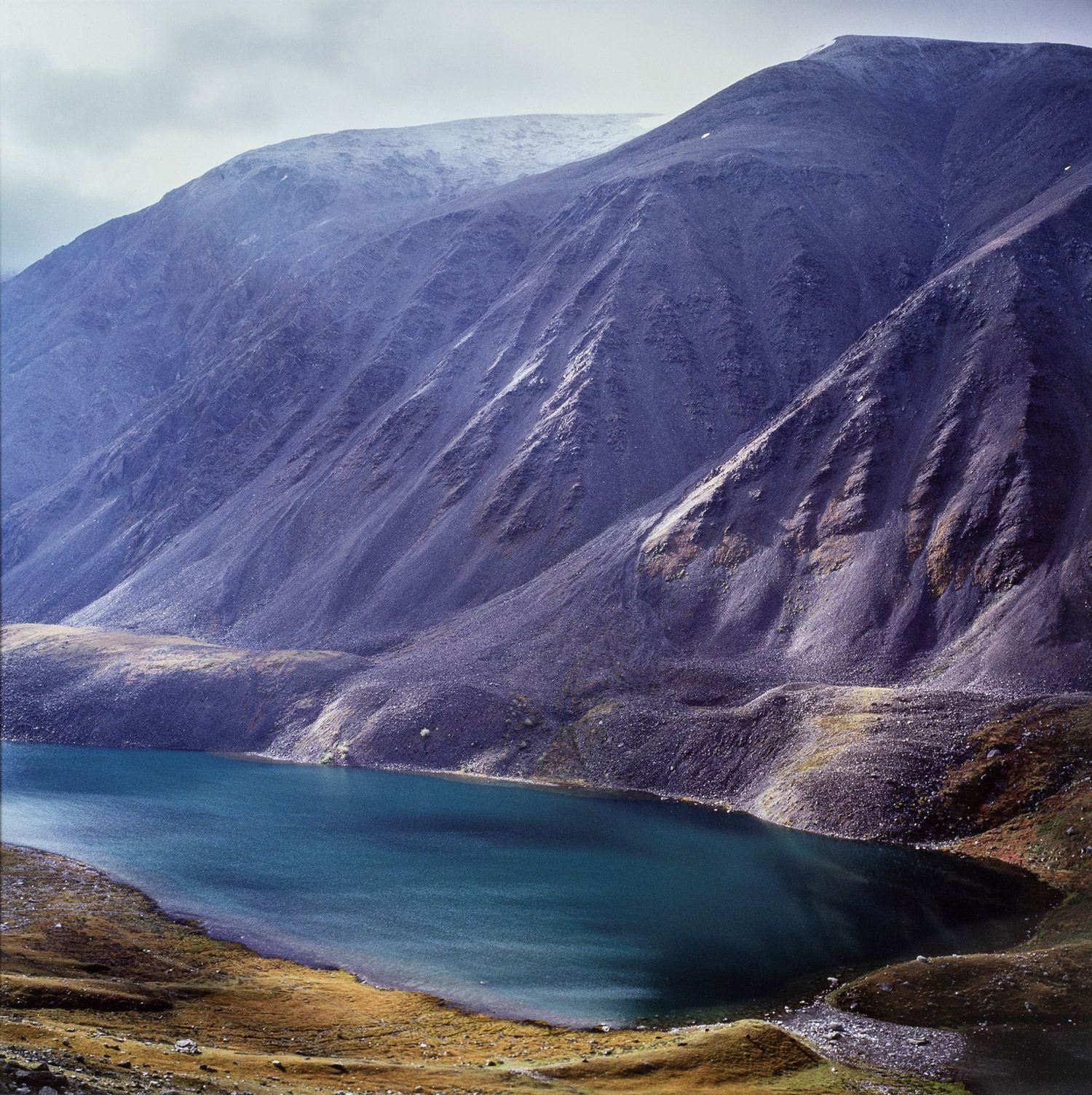
Bread may be the crunchy staff of life, but water is its quiet foundation. Our bodies are made of water. We drink water. We love to sit and watch water flowing in a river on a quiet summer afternoon, perhaps, or raging against the rocky Oregon Coast during an October storm.
A new show, up for the rest of May at Eugene’s White Lotus Gallery, features water as its unifying theme. Owner Hue-Ping Lin combines paintings, prints and photographs from the gallery’s usual stable of artists to create a satisfying and meditative exhibit highlighting water in the natural landscape.
Two of her gallery regulars represented here are photographers Gary Tepfer and Charles Search.
Tepfer is probably most familiar to Eugene art fans for his luscious photographs of Mongolia, where he has traveled frequently with his anthropologist wife, Esther Jacobson-Tepfer. He has worked for years in the square format imposed by Hasselblad cameras and, more remarkably, has long done his own color printing on the rich, durable photographic paper known as Ilfochrome.
Tepfer has, indeed, a photo of Mongolia in the show, a 16-by-16-inch Ilfochrome print titled “Blue Lake, Türgen Uul” showing a placid lake next to a stark mountainside. But more engaging for me is one titled “Downstream, Fall Creek,” of the Lane County creek, which substitutes rich Oregon foliage for Mongolia’s stark scenery.
Enlarge

Search, who also lives in Eugene, shoots classic black-and-white photos, the kind — with their rich tones and careful compositions — that invite intimate inspection rather than reaching out to catch your eye from across the room. His 13-by-19-inch print “Nothing That Is Not There and the Nothing That Is” represents that style of quiet photography at its finest: a wind-rippled surface of water, dark distant rocks and a line of clouds combine to point to the nothing of the title, a line from poet Wallace Stevens.
Side by side with the photographs in the gallery are paintings and prints. Local artist Margaret Prentice’s landscapes, practically photographic in their vision of Oregon, offer compelling waterscapes that do pull you in from across the room — as do mixed media works by Li Tie.
These latter are among the most compelling in the exhibit. Working on delicate mulberry paper, which he glues together in layers for more strength, Tie sketches classic Asian themes of lilies and water using sumi ink, gouache (opaque watercolor) and even pastel chalks. The images seem to owe a debt to the French impressionists with their lively color and composition.
Finally, the elegance of mezzotint prints by Hamanishi Katsunori is astonishing. Working with delicate gold leaf, Katsunori offers a feast of modernist images rooted in Art Deco.
Don’t miss, near the gallery entrance, a handful of tiny prints he made in the form of book plates — those labels you see in the front of older books that say “Ex Libris” along with the name of the owner. Katsunori makes these on commission for clients and keeps, as part of the bargain, a handful of each to sell in galleries.
They make me want to sell my Kindle and go back to reading hardcover books again.
The exhibition Water continues through Saturday, June 1, at White Lotus Gallery, 767 Willamette Street. Hours are 10 am to 5:30 pm Tuesday through Saturday.